Another celluloid masterpiece is going to land at theaters in September. A Quiet Place Part II directed by John Krasinski and shot by Polly Morgan on the Panavision XL2 paired with the wonderful T-series anamorphic. One more proof that film is alive and kicking.
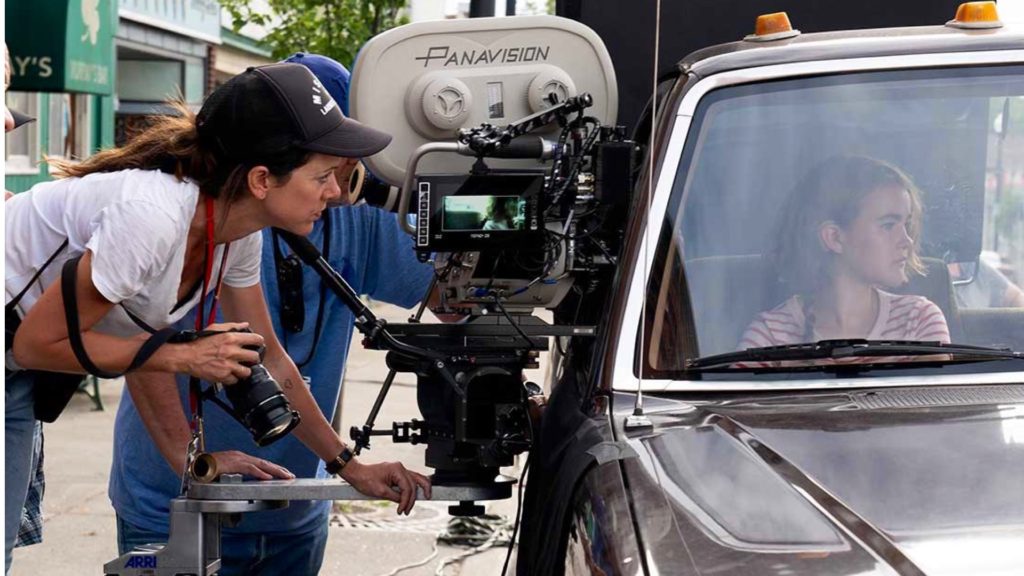
A Quiet Place part II: Just like part I – A Celluloid creation
Polly Morgan was the cinematographer for A Quiet Place Part II, replacing Charlotte Bruus Christensen from the first film. Morgan continued the first film’s use of 35 mm film and described its effect, “Although A Quiet Place 2 is a horror, it looks pretty and engaging, with a nostalgic look that you would find hard to achieve digitally”. The film is following the events at home when the Abbott family now face the terrors of the outside world. Forced to venture into the unknown, they realize the creatures that hunt by sound are not the only threats lurking beyond the sand path. Both films (I and II) were directed by John Krasinski. The first was very successful, and the second is very much promising as well. The film’s premiere happened on March 8, 2020, in New York City. World wide release dates have been postponed due to the outbreak of Coronavirus (COVID-19). Check out the trailer below:
Shooting dark scenes with film
The film contains a vast amount of dark scenes, which are the Achilles Heel of film and the main advantages of the digitals. However, according to DP Polly Morgan BSC ASC, this was a no brainer. The fact is that the film’s “extensive dark situations” (night scenes and stage work that comprised 75% of screen time) were shot with Kodak Vision3 500T 5219 film stock for the dark scenes, while Vision3 250D 5207 was used mainly for day exteriors. Furthermore, Morgan filmed with Panavision Panaflex Millennium XL2 cameras (were chosen after “extensive testing”) and T-Series anamorphic lenses, which had been adjusted to match the C-Series lenses Christensen used on the first film, and to optimize their close-focus abilities and performance in low light. With wrote about those lenses in the articles: Panavision T-Series Anamorphic: The Lenses Behind Line of Duty, and Once Upon a Time in Hollywood Proves That Film is (Still) The King. Feel free to catch a glimpse at those.
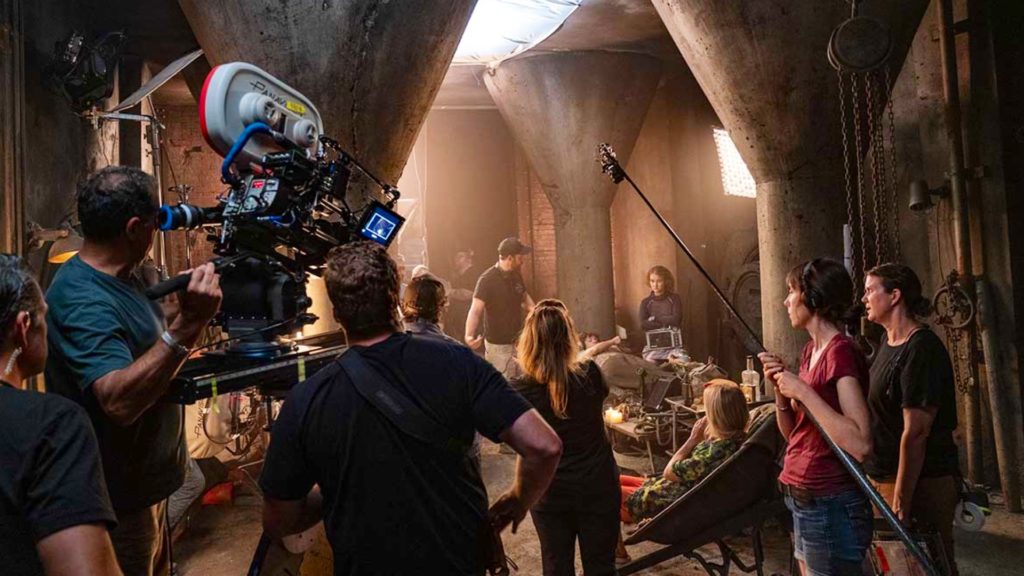
Focus on the art, not on the technicals
A 35mm 1000 ft film (about 300 meters) will run for 11 minutes in 24 fps and will cost about $800. That is to say, shooting Kodak 35mm at regular speed (not slow motion) will cost you $70 per minute. IMAX film costs even further (A roll of 1000 feet of 65mm Kodak film is around $1000 – read more: IMAX Filmmaking: What is it like to Shoot on an IMAX Film Camera?). The price factor forces you to focus on the art rather than on the technicals. “On a practical level, it was so refreshing to walk around the sets with my light meter and not be stuck in a DIT tent judging the exposure on a monitor,” reveals Morgan. “The rhythm and discipline of shooting on film create a very healthy focus for the cast and crew”.
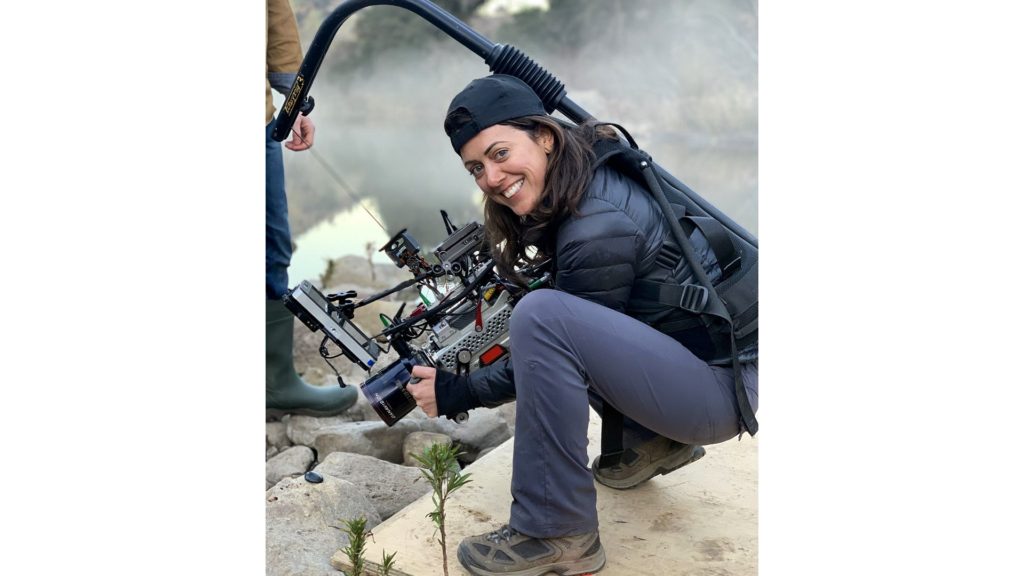
On a practical level, it was so refreshing to walk around the sets with my light meter and not be stuck in a DIT tent judging the exposure on a monitor.
Cinematographer BSC ASC Polly Morgan
A lot of cinematographers admit that the film extracts more regarding creativity and the results are enhanced organically. Furthermore, the film allows the neutralization of the digital fatigue we are experiencing in recent years. We wrote an in-depth article on that definition, which you can read: The Digital Cinema has Brought the Film Cameras Back in the Game.
Have a look at the video below that shows the making of A Quiet Place Part II (B-Roll):
Film cameras made a comeback
Statistically speaking, when we examine major film contests, we see that the leading cameras are film cameras. Check out the camera charts of the 77th Golden Globe Awards: Motion Picture Nominees, and Oscar 2020: 92nd Academy Awards nominees-Cameras below (click to enlarge the image). You’ll notice that the math doesn’t lie. As digital cinema cameras are sprinting their way for higher resolution and bigger sensors, old film cameras are still in the game of the professionals.
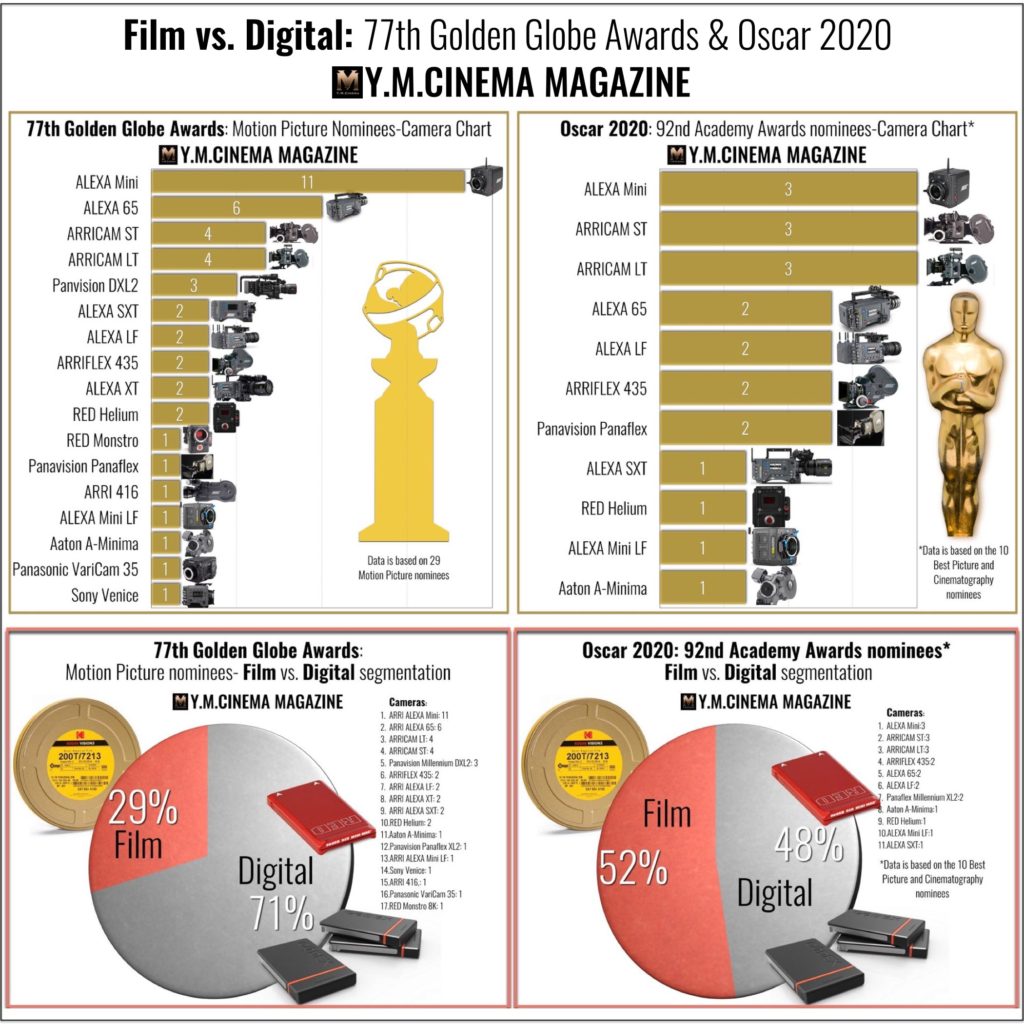
Final insights
We always glad to explore new movies made in old film cameras. These days, DPs that choose to shoot film should be admired for their creative courage and vision. Take, for instance, top-notch directors like Quentin Tarantino and Christopher Nolan that never shoot digital. That means something, as film demand pure artistic discipline.
What do you think about shooting on film? Comment below!


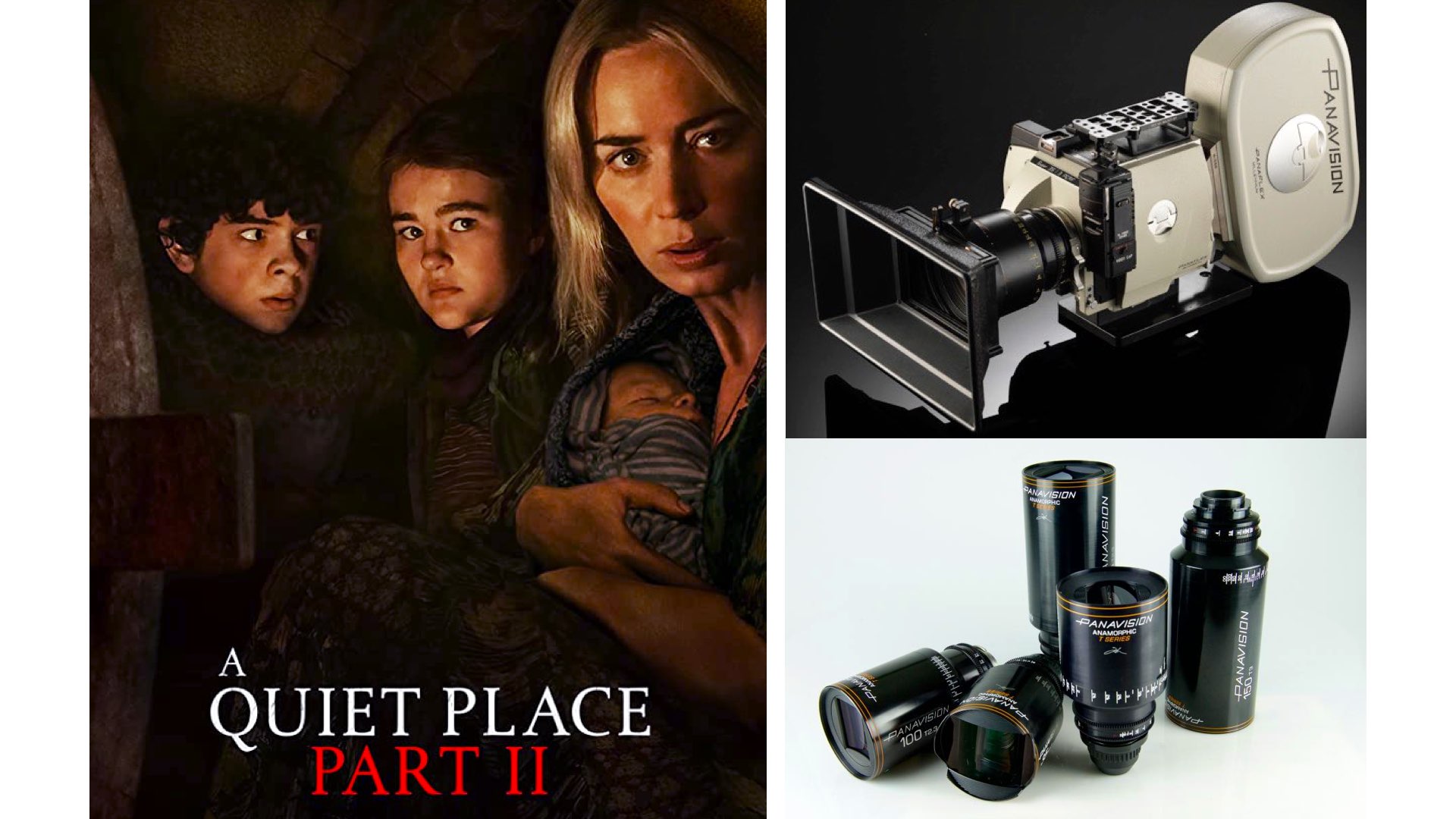
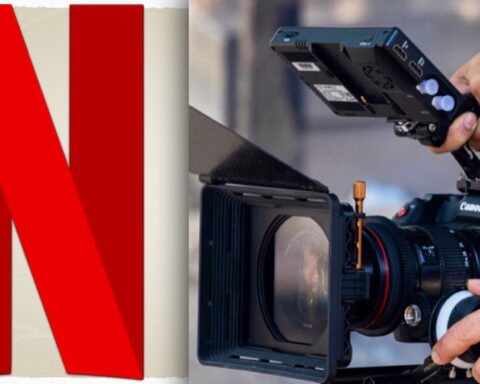



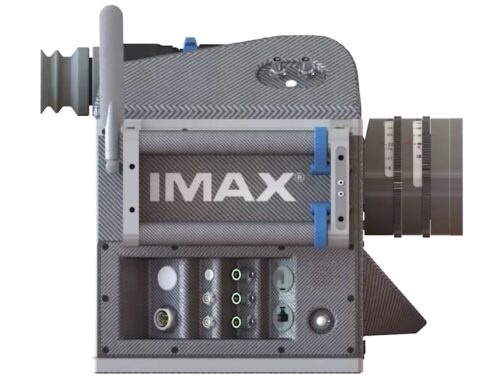


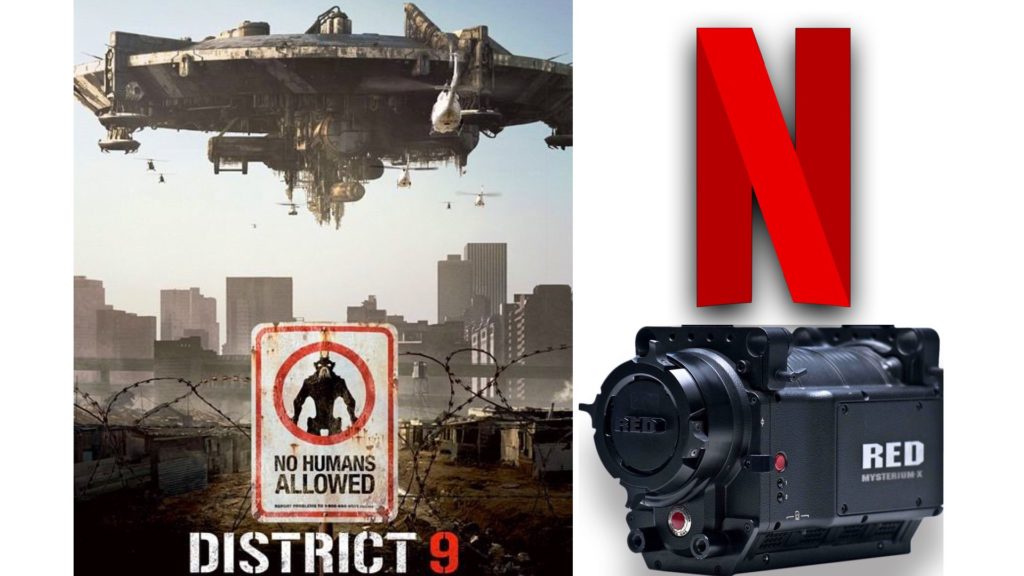
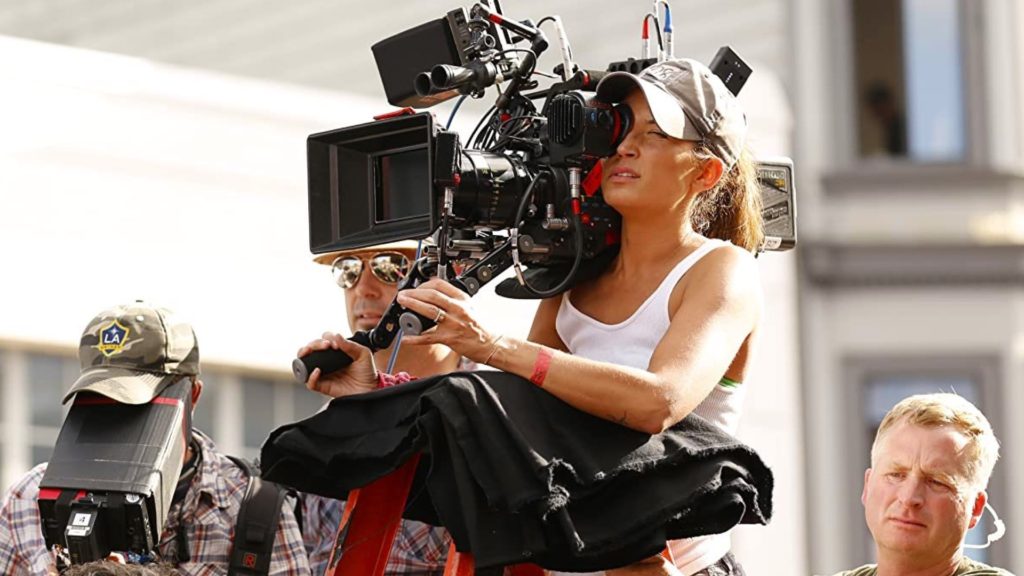
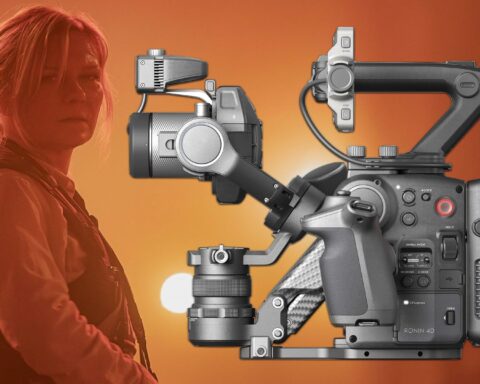




Shooting on film is music to my ears, since I want to shoot my films on 35mm Panavision and 70mm Super Panavision AND Ultra Panavision.